Caregivers, don’t skimp on taking care of yourself
Learning to cope with Alagille syndrome was hard on our son and on us

Parenting is hard. Add in a rare genetic disease, and the stressors change. Taking time for yourself as a caregiver is vitally important to help maintain not only your sanity, but also to make sure you’re present for your partner and children.
Anxiety and worry accompany the exhaustion and lifestyle changes that come from adding a baby to your life. When that care was the hardest, during the newborn stage, the diagnosis of my son Finley’s Alagille syndrome made it even harder. I want to talk about what my wife, Dani, and I did to navigate this time in our life.
Navigating family life with Alagille
Finley is currently 3 years old. He can give us a run for our money with his boundless energy, and the medical component of his life has been trending in the right direction. When it comes to his liver disease and pulmonary stenosis, our doctors are happy with his progress and he’s considered stable. We’re seeing our varied doctors less frequently than we once did. He’s taking fewer medications and vitamins.
Our daily worry as his caregivers has lessened; in fact, sometimes we forget about Alagille syndrome. Finley may be a bit smaller in stature than his peers, but he’s otherwise just like any other kid his age. He’s inquisitive, fiercely independent, and wants to get into everything he can. He plays well with his older brother, Jackson, and has fun doing different activities at day care.
The parts of our current average day that are related to his Alagille syndrome are providing medicine in the morning and evening and focusing on his nutrition. But earlier in his life, uncertainty about these subjects proved challenging.
Finley was 4 months old when we received his diagnosis. Before getting him the full support of medication, vitamins, and nutrition he needed, we heard the dreaded phrase “failure to thrive,” a sign that Finley was undernourished. The fear and anxiety Dani and I experienced during those days is something I don’t look back on fondly. We were balancing a sick newborn, his 3-year-old brother, our own emotions, and life during the COVID-19 pandemic in early 2021.
During that early part of Finley’s life, negative emotions and stress were a daily part of my existence. When he spent eight days at our local children’s hospital, the car became my place of solace. Dani stayed at the hospital with Finley full time, and I would drive in during the day. I would leave at night and pick up Jackson and bring him home.
Those car rides were my opportunity to be alone and think. Before we knew Finley had Alagille syndrome, I was still hoping that everything was going to work out and he’d be fine. That feeling faded as Finley’s situation began to become more clear and concrete. My thoughts of hope were replaced by thoughts about what his future was going to look like. It was an extremely challenging time.
Not only were we worried about Finley, but we were also away from Jackson. During Finley’s hospital stays, I only had time to put Jackson to bed, get him up in the morning, and take him to my mom’s house during the day. Explaining what was going on to a 3-year-old was challenging, a task that caused me more sadness. He couldn’t grasp why his mommy wasn’t coming home at night with me.
Jackson had only had a couple of weeks at home with his new brother, so the circumstances were tough for him to understand. I felt robbed of the enjoyable parts of the newborn stage. We didn’t get that time as a family to start forming our new normal as a group of four.
As mentioned earlier, Finley is doing well with his health these days. We’ve found our routines and norms as a foursome. The boys fight as all siblings do, but they mostly get along great. Our regular days are just that: regular.
Coping today
Our anxiety around Finley’s diagnosis is still present, but it’s faded. I attribute this shift to a few things. Dani and I have found ways to cope and navigate our feelings. She started an Instagram page to share the snippets of life that we hoped we could see when we first learned about Alagille syndrome. This page has allowed us to connect with parents all over the world and share our experience while learning about theirs.
For me, this column has been therapeutic. Similarly to Dani’s Instagram page, it allows me to think through and process aspects of life as a caregiver for our child with Alagille. I get the opportunity to navigate past and present challenges through my writing, all while aiming to be a resource of support and understanding for those going through their own Alagille syndrome experiences.
I want other caregivers reading this column to know that you are strong. You are courageous. You can and will do anything you can for your child. Just hang in there. Connect with the available resources. If I could do it, you can, too.
Note: Liver Disease News is strictly a news and information website about the disease. It does not provide medical advice, diagnosis, or treatment. This content is not intended to be a substitute for professional medical advice, diagnosis, or treatment. Always seek the advice of your physician or other qualified health provider with any questions you may have regarding a medical condition. Never disregard professional medical advice or delay in seeking it because of something you have read on this website. The opinions expressed in this column are not those of Liver Disease News or its parent company, Bionews, and are intended to spark discussion about issues pertaining to liver disease.



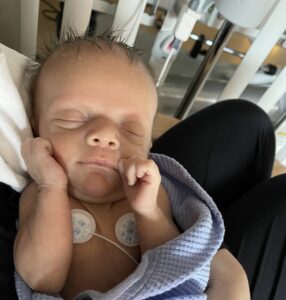

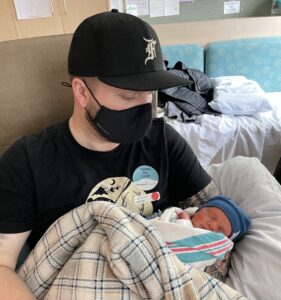


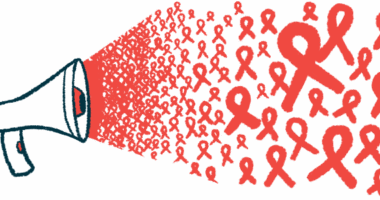
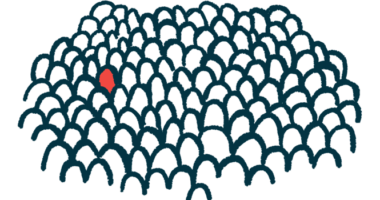
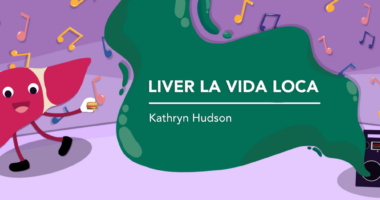
Leave a comment
Fill in the required fields to post. Your email address will not be published.